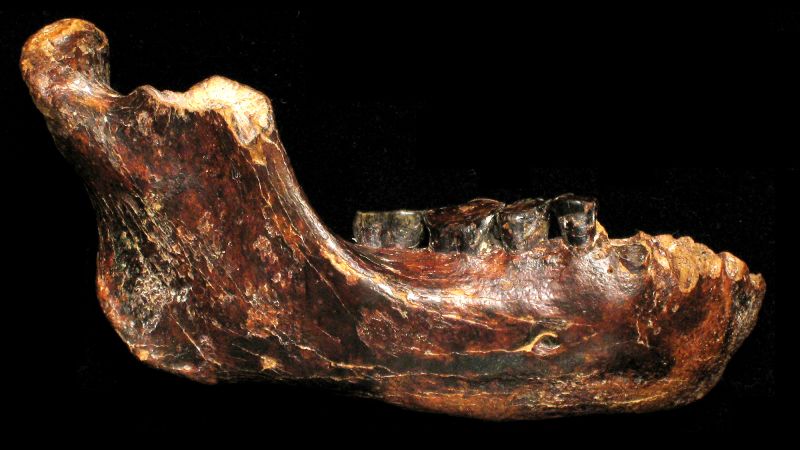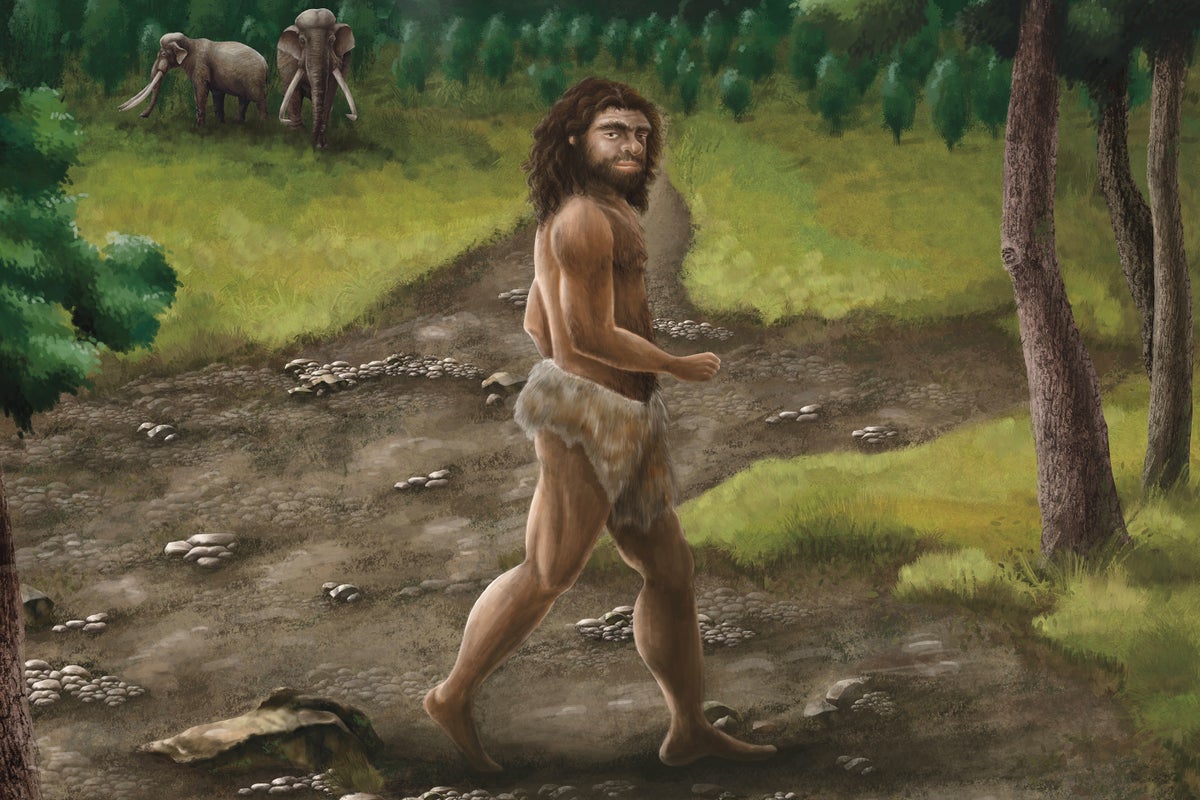Discovery of Denisovan Jawbone Confirms Species' Broader Geographic Range
Scientists have confirmed an ancient jawbone found in Taiwan belonged to a Denisovan male, enhancing understanding of this enigmatic human species.
Overview
An ancient jawbone, discovered in the Penghu Channel off Taiwan, has been confirmed as belonging to a Denisovan male, marking a major addition to the fossil record of this mysterious group of ancient humans. The specimen, likely over 10,000 years old, provides insights into Denisovan adaptation to diverse environments from Siberia to Southeast Asia. Confirmed through protein analysis, it showcases the species' prominent jaw and large molars, underscoring their coexistence and interbreeding with modern humans and Neanderthals. This discovery, alongside previous findings, suggests Denisovans had a wide geographic range and diverse habitats.
Content generated by AI—learn more or report issue.

Get both sides in 5 minutes with our daily newsletter.
Analysis
- The discovery of a Denisovan jawbone in Taiwan expands the known geographic range of this enigmatic human species, confirming their existence across diverse climates from Siberia to Southeast Asia.
- Denisovans are poorly understood, mainly due to the scarcity of fossils, with only a few verified remains identified since their discovery over a decade ago.
- Though the extraction and analysis of proteins from the jawbone provide encouraging results, further data is necessary to fully validate its identification as a Denisovan.
Articles (6)
Center (2)
FAQ
No FAQs available for this story.
History
- 3M

 4 articles
4 articles
- 3M

 4 articles
4 articles
- 3M

 3 articles
3 articles


